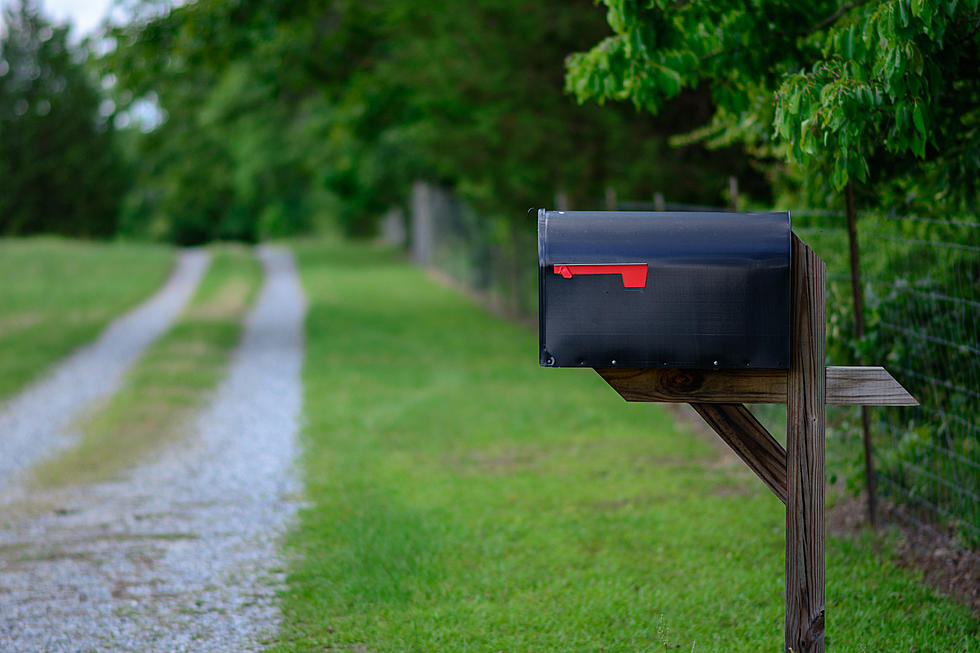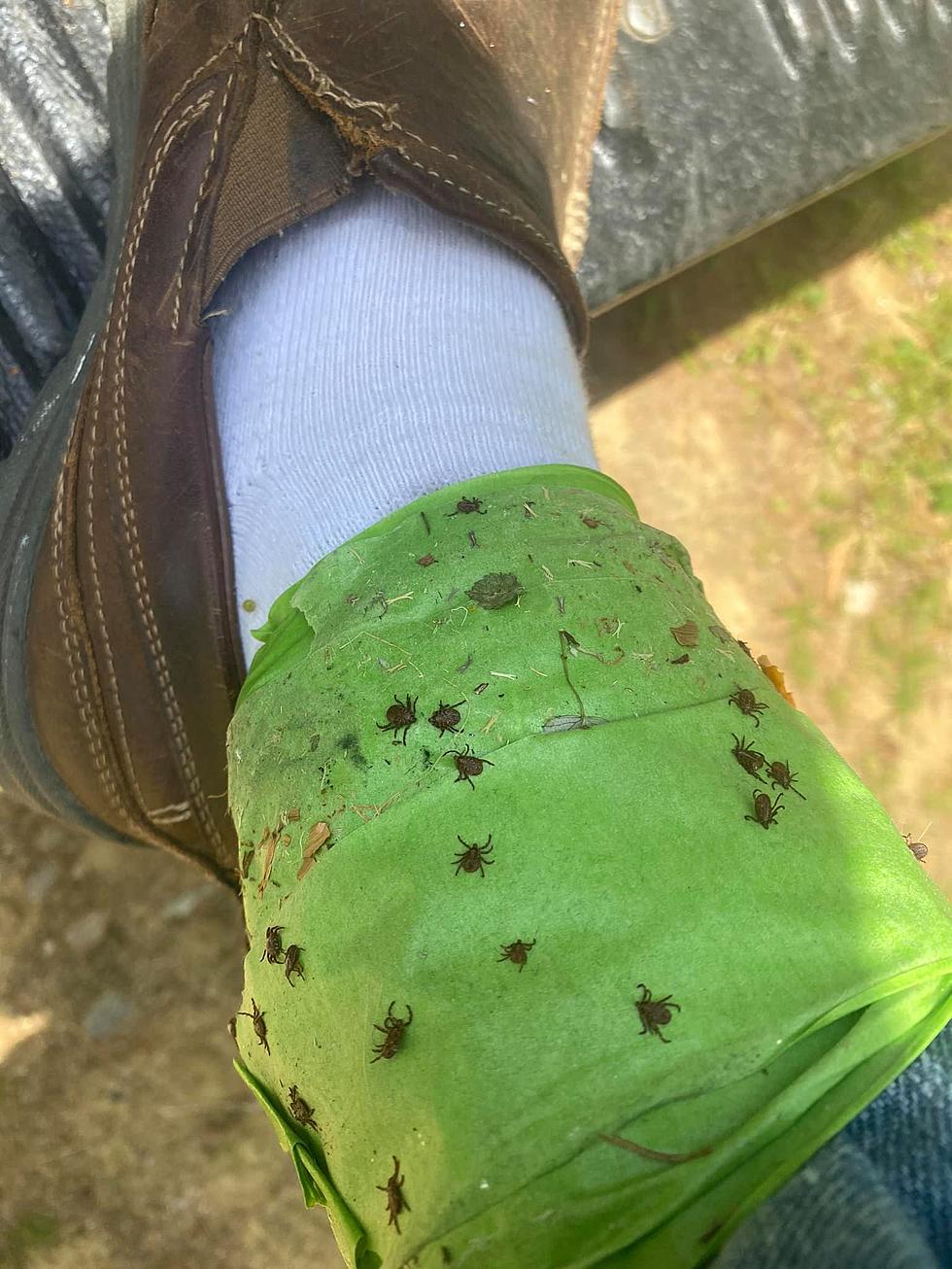
How to Get Rid of This Pesty, but Fascinating Wood Eating Insect
This week I was noticing saw dust all over the floor of a shed I had recently built in my back yard. Where was the saw dust coming from? first thing I thought was that we have drilled holes in the wood and carpenter ants are eating away at the wood. Then, as I was observing the holes, more sawdust was being pushed out of the holes. To make matters more curious, I have no memory of drilling these holes all over the rafters of the shed.
It turns out, we're currently inundated by Carpenter Bees. It's a bee that looks almost like a bumble bee and it slowly flies around the backyard searching for wood to create a den to lay its eggs.
The bee has a sharp digging device on its nose and it burrows into wood, creating an almost perfect circular hole, it looks like it was drilled by man.
It turns out, this hard working bee is an amazing pollinator and experts recommend you don't kill the. The male carpenter bee doesn't sting and the female can, but rarely does.
Unfortunately, the bees might be causing damage to your wooden structure so sometimes you have to get them to move on. Experts say spraying a 50-50 solution of white vinegar and water and spraying it into the hole, will make the bee move on. It will also kill the eggs recently laid.
The carpenter bee often burrows upward and then makes a 90 degree turn and travels anywhere from 6 inches to 4 feet. The eggs are laid and later hatch to reveal baby versions of the amazing carpenter bee.
LOOK: Route 66’s quirkiest and most wonderful attractions state by state
More From 96.1 The Eagle










